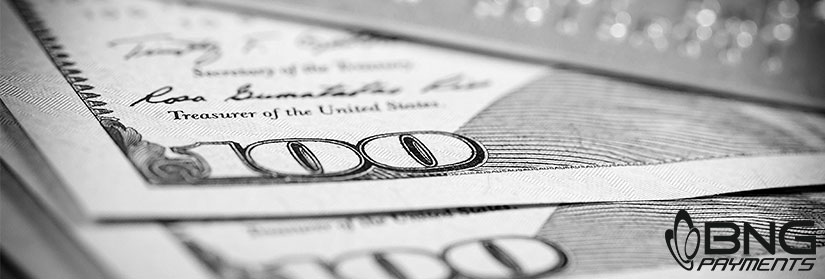
Debit cards and credit cards are often misunderstood to be the same thing, but in regards to how they are processed and charged, they are two separate animals.
When you’re signing up for payment processing services, you might make a mistake by assuming your debit card processing rates will be the same as your credit card processing rates. However, they are not.
So how can you know the different costs associated between the two?
The reason you should know the difference between credit or debit is the transaction costs you different fees.
If you run a debit card as a credit, it is submitted on the credit network instead of the debit network. Because of this, the cost of the transaction would come from interchange instead of the debit network fees.
What about debit on the debit card network? Transactions authorized with a PIN are processed on a PIN debit network, while transactions authorized with a signature process on a credit card network.
You’ll be paying whatever you’d pay for a debit card, (they’re not the same price) from your processor.
Debit fees, are usually flat rates calculated by whatever rate you agreed to for each debit transaction. Depending on your processor, there may be additional fees involved.
Credit network fees are based on interchange rates, and whatever your processors going rate is, your debit cards flat rate may be more costly if you run smaller dollar amount transactions.
Despite the prevailing thought that credit and debit cards are essentially the same, a debit card is charged as a debit card. When paying for a transaction, a cardholder may choose to authorize a debit card purchases using either a PIN or their signature.
Transactions authorized with a PIN process on a PIN debit network, versus payments approved via a signature process on a credit network system. Running “as credit” literally means running on the credit card network.
Since credit card transactions and debit card are subject to different regulations, it’s important not to mistake the rules and think the rules are the same for both.
Now, this is a point of confusion for a lot of merchants. The Durbin Amendment allowed businesses to impose a minimum of up to $10 purchase (set by the Federal Reserve) for credit card purchases but did not allow for minimums on debit card purchases.
Please note, that only applies to credit cards, not debit cards. Legally as a business, you can’t post signs stating there is a minimum purchase cost to use a debit card. Per merchant agreements, debit card minimums aren't legally allowed, and you could find yourself reported to card brands and fined.
Debit cards are usually less expensive to process than credit cards, and a processor might only charge a flat fee for their markup. However, debit cards are subject to interchange or PIN debit network fees, and within the category of debit cards, the cheapest authorization method varies depending on a couple of factors, including card type (regulated vs. unregulated) and transaction size.
If you do run transactions that are more expensive, having a flat fee will be cheaper than a percentage fee.
Accepting both types of payments and giving your customers a choice will outweigh the fees on both payment types.
Contact us with the form below, and we’ll be happy to let you know if your rates are the best as possible.
